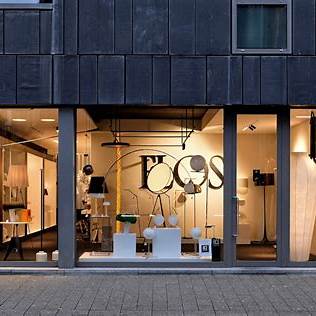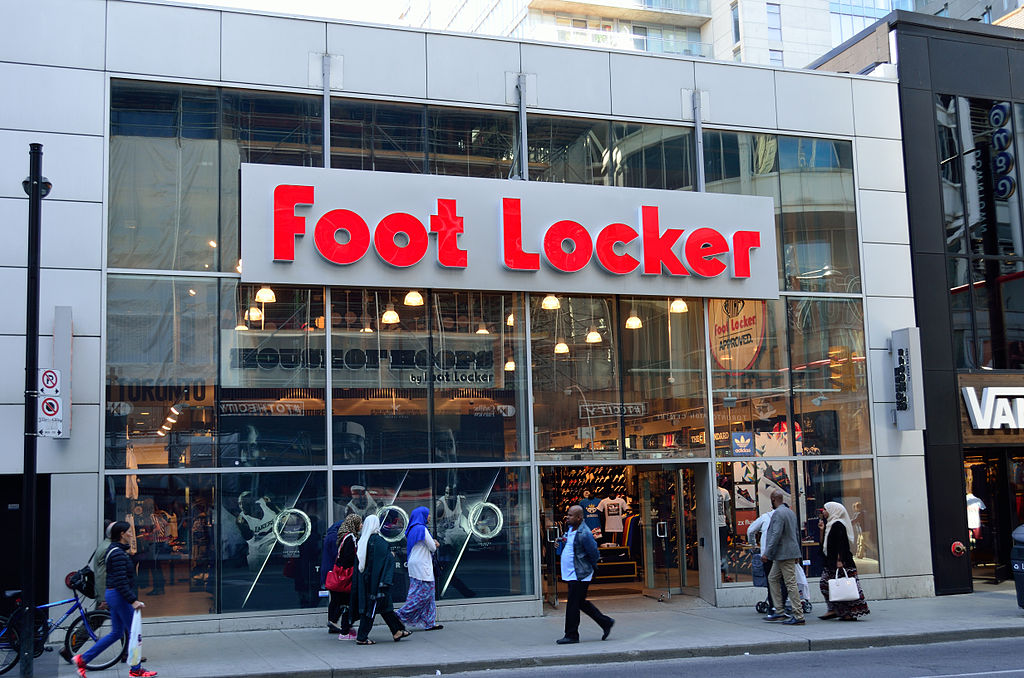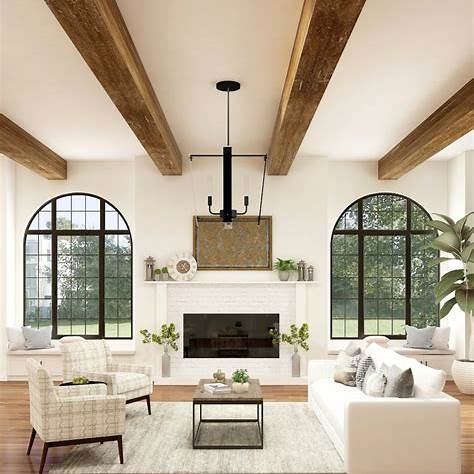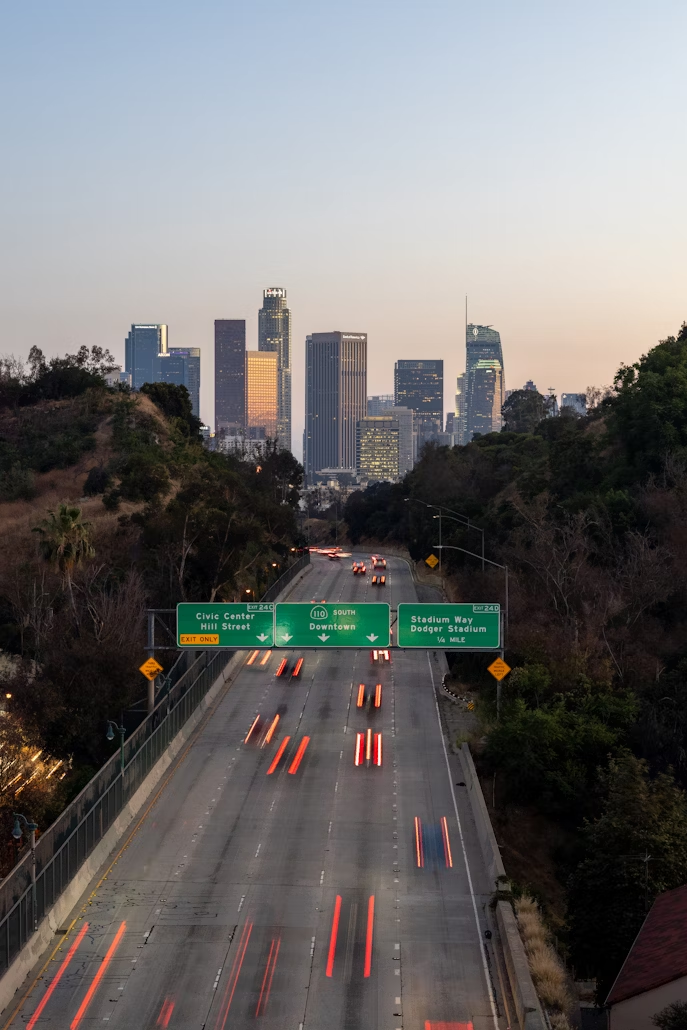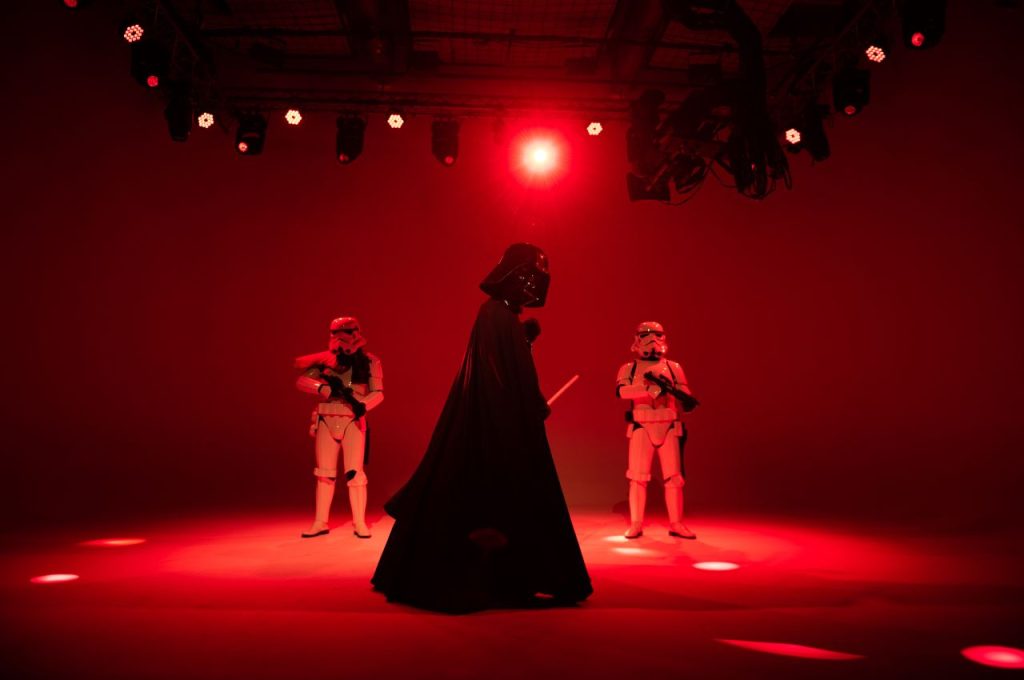Image credit: Unsplash
In a remarkable achievement for classical music, the Los Angeles Philharmonic, under the baton of celebrated conductor Gustavo Dudamel, has garnered significant attention in the 2024 Grammy Award nominations. Their masterful performance of “Adès: Dante” has put them in the spotlight, showcasing their exceptional talent and dedication to the arts.
Gustavo Dudamel, a renowned figure in the world of classical music, has been nominated alongside the L.A. Philharmonic in the Orchestral Performance category for their rendition of “Adès: Dante.” This nomination comes during a pivotal moment in Dudamel’s career as he prepares to transition from the Los Angeles Philharmonic to the New York Philharmonic in 2026 after a remarkable 17-year tenure.
The competition in this category is formidable, with nominees including Karina Canellakis and the Netherlands Radio, Yannick Nézet-Séguin with the Philadelphia Orchestra, JoAnn Falletta leading the Buffalo Philharmonic Orchestra, and Esa-Pekka Salonen conducting the San Francisco Symphony. This diverse group of talented conductors and orchestras highlights the vibrant and dynamic nature of the contemporary classical music scene.
Dudamel, at 42, is no stranger to Grammy acclaim, already holding four Grammy Awards. Last year, he and the L.A. Phil were nominated for “Dvořák: Symphonies Nos. 7–9,” though they did not secure the win. This year, the possibility of Dudamel earning his fifth Grammy among six nominations adds an extra layer of excitement to the upcoming awards.

His previous Grammy victories include Best Choral Performance for “Mahler: Symphony No. 8” and “Symphony of a Thousand” at the 64th Grammy Awards, and Best Orchestral Performance for “Ives: Complete Symphonies” the preceding year. He also claimed the same category at the 62nd Grammy Awards for “Norman: Sustain” and his first Grammy win during the 54th Grammy Awards for “Brahms: Symphony No. 4.”
British composer Thomas Adès, the creative force behind “Adès: Dante,” has been nominated for Contemporary Classical Composition. Adès’ composition, which Times critic Mark Swed described as “wondrously anarchic and entertaining,” premiered in May 2022 at the L.A. Phil’s Gen X festival. Adès faces competition from Andy Akiho, William Brittelle, Missy Mazzoli, and Jessie Montgomery for this prestigious award, which honors contemporary compositions written within the last 25 years.
Additionally, “Adès: Dante” producer Dmitriy Lipay has been nominated for Producer of the Year, Classical. This nomination recognizes his work on several productions with the L.A. Phil, including “Fandango” and “Rachmaninoff: The Piano Concertos & Paganini Rhapsody.”
The album Fandango, featuring Dudamel, violist Anne Akiko Meyers, opera baritone Gustavo Castillo, and the L.A. Phil, has been recognized in the Engineered Album, Classical, category. Engineers Alexander Lipay and Dmitriy Lipay are in contention for this award, which honors technical excellence in recording. The album also received a nomination for Classical Compendium.
The 66th Grammy Awards, set to air live on CBS and Paramount+ on February 4th, promise to be a spectacular event celebrating the very best in music. The ceremony, taking place in the Crypto.com Arena in downtown Los Angeles, will not only be a testament to the enduring legacy of classical music but also a platform to honor the modern-day maestros and their contributions to the rich tapestry of the musical arts.

